
The main heavy metals found in drinking water are lead, arsenic, mercury, cadmium, manganese, and copper. These metals are toxic and cause damage to your health. Drinking water is monitored for the presence and concentration of heavy metals.
TOP SIX HEAVY METALS IN WATER
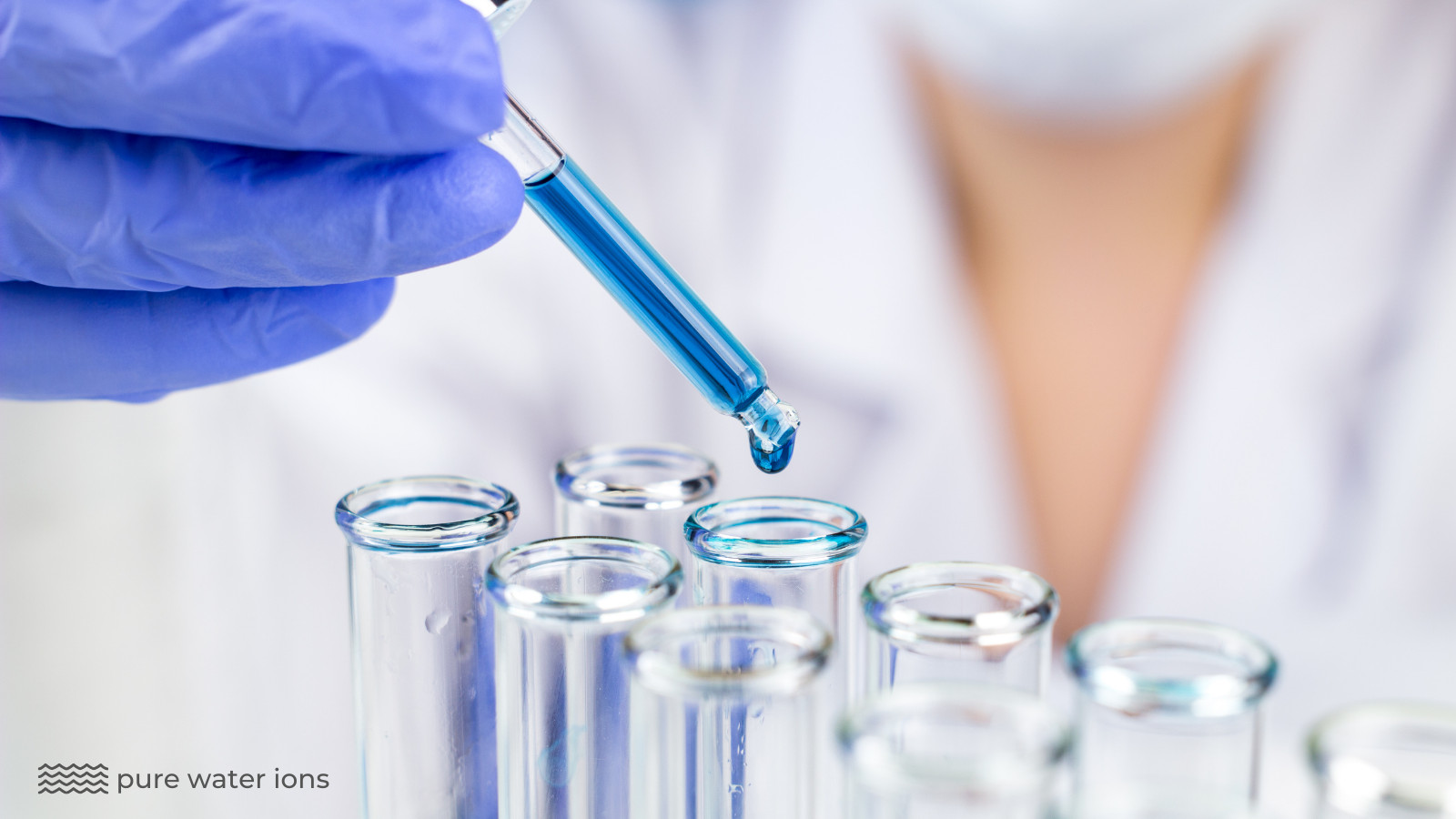
The six most common heavy metals found in drinking water are lead, arsenic, mercury, cadmium, manganese, and copper. They are all toxic to the human body. Let’s take a look at each of these heavy metals in more detail.
JUMP TO CONTENT
LEAD | ARSENIC | MERCURY
CADMIUM | MANGANESE | COPPER
1: LEAD
What Is Lead?
Lead is a naturally occurring metal found in small amounts in the earth’s outer crust. It is considered harmful at any dose. Even small amounts of lead in drinking water are dangerous.
Pollution caused by manufacturing activities and the burning of fossil fuels distributes lead through the environment. It is also regularly found in batteries, lead-based paint, and metal pipes.
How Does It Get Into The Water Supply?
Lead enters the water supply through the delivery system. Lead water pipes are the main source of lead in drinking water.
It can pass into water as it passes through lead pipes that make up the water system or as it passes through plumbing inside a home. Even copper pipes leach lead as they get old and corrode.
What Are the Health Effects?
Lead is considered toxic at any level – even in small quantities. It can accumulate in your body over time. It causes damage to damage to your brain, liver, kidney, heart, brain, and bones.
Consuming lead over a period of time can cause nervous system dysfunction, kidney disease, immune system damage, and rheumatoid arthritis. In children, it can lead to developmental damage, seizures, and lower IQ.
How Do I Remove It?
Removing lead from your water supply is usually not feasible due to the source being the water system itself. Therefore you need to treat the water as it arrives in your home.
Your best options are to use a reverse osmosis, distillation, or carbon filter device that has been designed for lead removal. A simple workaround is to flush the tap for 1-2 minutes before collecting drinking water.
2: ARSENIC
What Is Arsenic?
Arsenic is one of the most toxic heavy metals found in drinking water. It is a naturally occurring metal found in the earth’s crust – often the result of volcanic activity.
Arsenic is also produced through human activities such as coal burning, pesticide production, and mining.
How Does It Get Into The Water Supply?
Arsenic can enter the water supply through the natural erosion of rock that contains arsenic. However, it is more commonly the result of human activity.
Manufacturing and agriculture are two key sources of arsenic. The disposal of wastewater from industry, agricultural fertilizers, and the use of pesticides add arsenic to the groundwater supply.
What Are the Health Effects?
Arsenic is highly toxic. Exposure has been linked to cancer, cause neurological problems, cardiovascular disease, immune system disorders, and diabetes. In children, it can result in a lowered IQ.
It is believed to contribute to many types of cancer, including prostate, kidneys, bladder, lungs, skin, and liver cancer
How Do I Remove It?
The best way to remove arsenic is to use a water treatment system that has been specifically designed for arsenic removal. The options include reverse osmosis, ultra-filtration, distillation, and ion exchange devices.
3: MERCURY
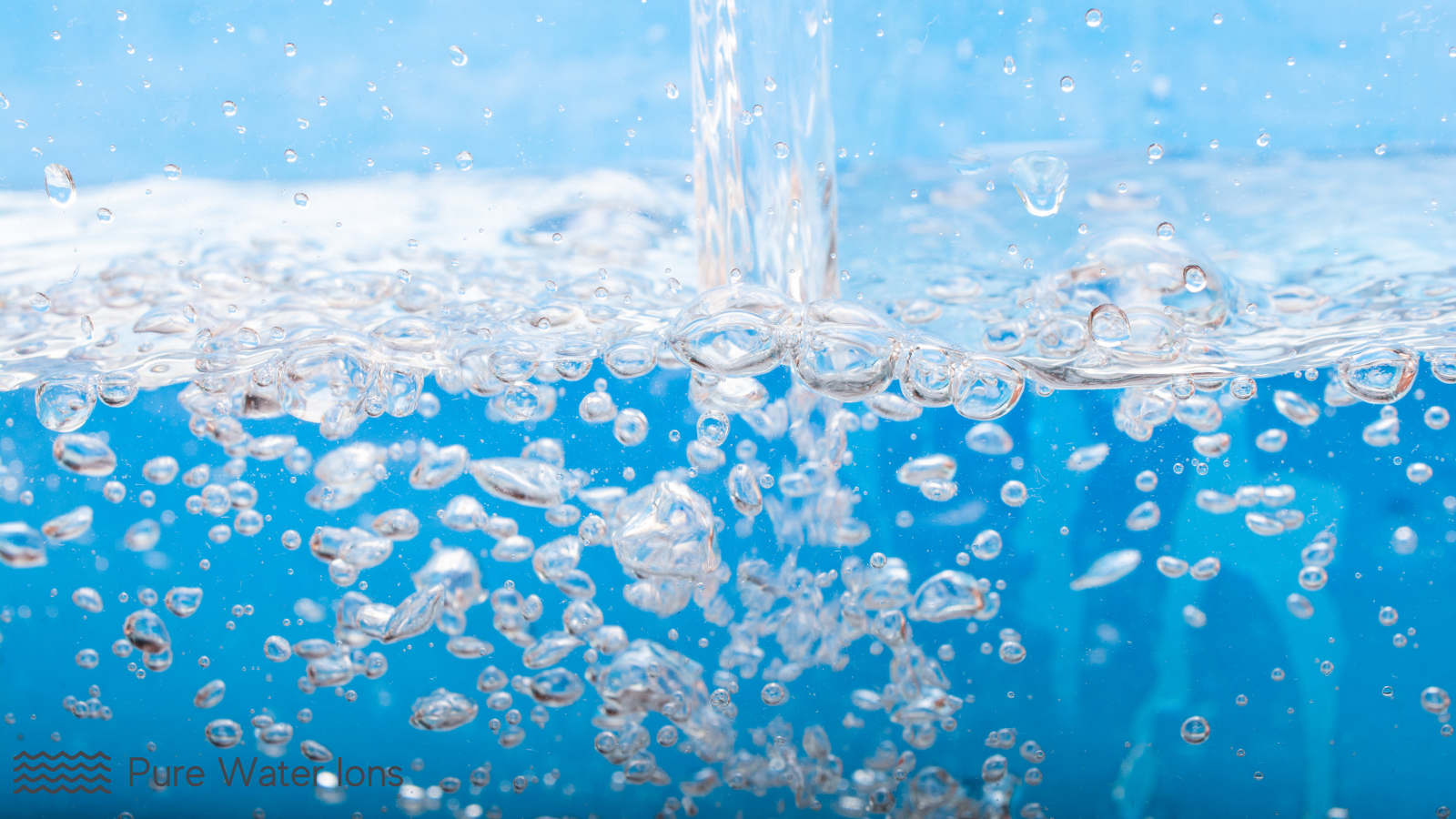
What Is Mercury?
Mercury is a neurotoxin and is highly toxic. It is a liquid metal and is found naturally in rock formations in the earth. It is often found in coal.
Mercury poisoning can result from exposure to water-soluble forms of mercury in your tap water.
How Does It Get Into The Water Supply?
Mercury occurs naturally in rock formations in the environment. It can seep into groundwater when the two come into contact.
Mercury can also enter the water supply as a result of human pollution. It is found in many household products such as dry-cell batteries, switches, and even fluorescent light bulbs.
The incorrect disposal of these items accounts for 50% of all mercury water contamination according to the EPA, (U.S. Environmental Protection Agency).
What Are the Health Effects?
Mercury poisoning is known to cause kidney damage, affect the nervous system, kidneys, liver, and trigger emotional instability and insomnia.
Its effects on children can be even more severe and can damage the brain and nervous system. Children exposed to mercury in the womb can suffer harm to cognitive thinking, memory, attention, motor, and visual skills.
How Do I Remove It?
To remove mercury from your tap water you will have to use a filtration device that has been designed and certified for mercury removal.
Options include reverse osmosis and mercury filtration filter cartridges. Most of these devices use thin-film composite membranes or special filters containing KDF media that reduce mercury levels.
4: CADMIUM
What Is Cadmium?
Cadmium is a soft silver-white metal. It is toxic to the human body. Cadmium is commonly used in metal plating, machinery, and batteries.
Cadmium pollution has have increased dramatically in recent decades. The toxic metal is most commonly found in rechargeable nickel-cadmium batteries.
How Does It Get Into The Water Supply?
The most common source of cadmium in the water supply is caused by the improper disposal of rechargeable batteries.
These batteries require specialist disposal but are usually just dumped in the same way as regular household waste.
Cadmium also enters the water supply through impurities in the zinc of water pipes and fittings. It leaches into water as it passes through the pipes. It is also found in some agricultural fertilizers.
What Are the Health Effects?
Cadmium causes cancer in humans. The International Agency for Research on Cancer classifies cadmium in Group 1. This category is used when there is sufficient evidence of carcinogenicity in humans
It is also known to cause kidney, liver, and musculoskeletal, bone and blood damage. Acute exposure results in nausea, vomiting, diarrhea, muscle cramps.
How Do I Remove It?
Cadmium can be removed from water using specially designed filtration devices. Your options include ion exchange, reverse osmosis, coagulation/filtration, and lime softening cadmium removal processes.
5: MANGANESE
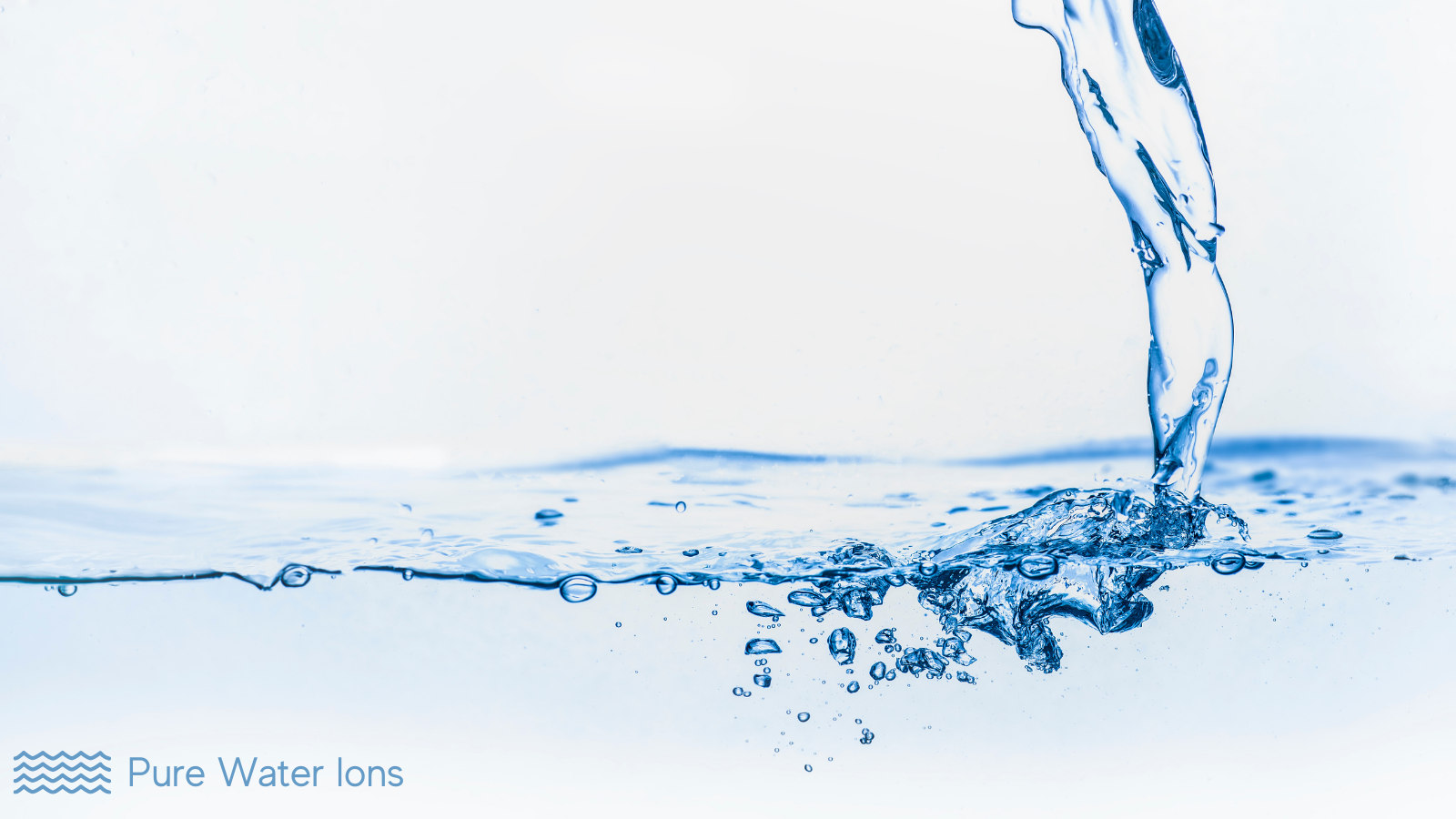
What Is Manganese?
Manganese is a silver-grey metal that occurs naturally in rocks and soil. In small quantities, it is good for human health and is an important part of our overall diet.
However, high levels of manganese are toxic and can damage human health. It is used in the manufacture of iron and steel and is found in paints, fireworks, and cosmetics.
How Does It Get Into The Water Supply?
Manganese naturally makes its way into the water supply as water passes through soil and rocks that contain manganese.
For this reason, manganese occurs naturally in surface water such as lakes and rivers, and underground water. This water is then used as a source for our water supply.
It also results from the waste run-off from the manufacture of iron, batteries, glass, fireworks, and agricultural fertilizers.
What Are the Health Effects?
Exposure to high levels of manganese can cause a condition called manganism. The illness is similar to Parkinson’s disease and has been observed in metalworkers that have been exposed to high levels of manganese.
In children, manganese can cause behavioral problems, speech and memory difficulties, lowered IQ, and a lack of coordination.
How Do I Remove It?
There are a number of options available for the removal of manganese from your water source including manganese cation exchange, water softening, filtration, distillation, and reverse osmosis.
You should choose a system that has been specifically designed and certified for manganese removal.
6: COPPER
What Is Copper?
Copper is a metal that occurs naturally in soil, rock formations, plants, and water. It is the most common heavy metal found in water.
Copper is an essential part of your diet and trace amounts are essential for survival. However, if you consume too much it can lead to health problems.
It is used to make electrical wiring, plumbing components, and pesticides.
How Does It Get Into The Water Supply?
Copper becomes a problem when it gets into the water supply in high concentrations. The two main sources of copper in drinking water are copper pipes and human pollution.
The biggest source of copper occurs when water passes through corroded copper pipes. This is particularly a concern for acidic water.
Other sources come from human pollution, namely mining, farming, manufacturing operations that release copper polluted water into the environment.
What Are the Health Effects?
High levels of copper exposure can cause harmful effects such as irritation to the mouth, nose, and eyes, diarrhea, stomach cramps, vomiting, and nausea. Infants under one and people with Wilson’s disease are particularly sensitive to copper.
How Do I Remove It?
Copper can be removed from water using reverse osmosis, ultra-filtration, distillation, and ion exchange methods. Just make sure you use a filtration system that has been designed and certified for copper removal.
CHECK OUT
• BEST ALKALINE WATER MACHINE 2024
WHAT ARE SAFE LEVELS OF HEAVY METALS IN DRINKING WATER?
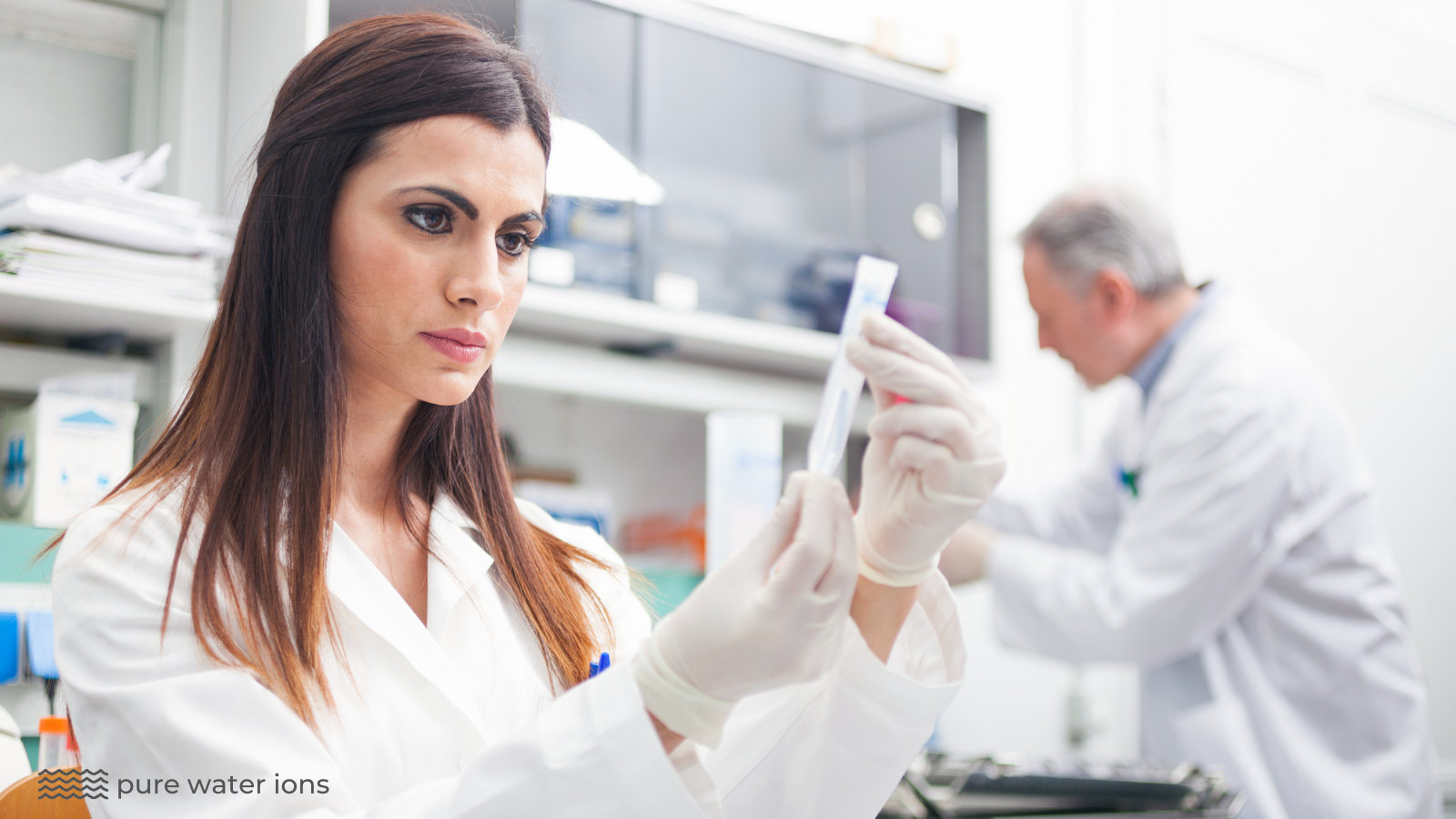
So, what are the acceptable levels of heavy metals in drinking water, and who sets the standards?
In the US the EPA defines the criteria for acceptable levels of heavy metals and other pollutants in drinking water. The EPA is an independent agency of the United States federal government tasked with environmental protection matters.
At a global level the WHO, (World Health Organization), sets the standards for drinking water and sets guidelines for the acceptable level of contaminants in drinking water.
See the table below for the EPA and WHO heavy metal safety limits in drinking water.
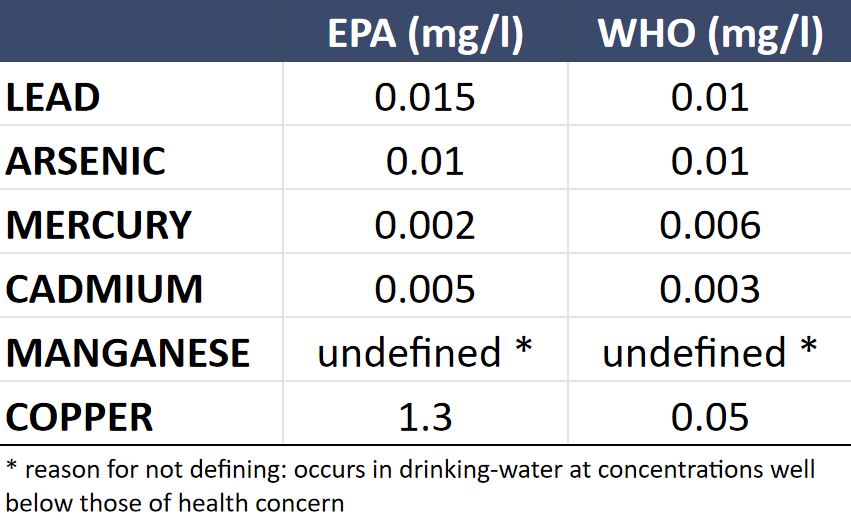
HO TO TEST FOR HEAVY METALS IN WATER
If you want to test your water supply for the presence of heavy metals you should contact a professional water testing lab. A quick google search will provide you with a list of suitable labs in your area.
These labs use a testing technique called spectrometry to test for the presence of heavy metals in water. Spectrometry is the measurement of interactions between light and matter.
Several different types of spectrometry are used when it comes to testing for heavy metals, these include:
- Atomic Absorption Spectrometry
- Inductively Coupled Plasma Optical Emission Spectrometry
- Inductively Coupled Plasma Mass Spectrometry
CHECK OUT:
• Best Water Ionizing Filters
• Best Alkaline Water Pitchers
• Countertop Reverse Osmosis Filters
• Test Water Using a PH Test Strip
• What Is Total Dissolved Solids in Water?
• Are There Minerals in Water?
• Difference Alkaline Water vs Filtered Water

FAQ – Heavy Metals in Water
What Is a Heavy Metal?
Heavy metals are metals that have high densities and are toxic at low concentrations. Examples of heavy metals include lead (Pb), arsenic (As), mercury (Hg), cadmium (Cd), manganese (Mn), and copper (Cu).
Heavy metals occur naturally in the earth’s crust and get into our bodies via the water we drink, the food we eat, and the air we breathe.
Are There Heavy Metals in Tap Water?
Yes, heavy metals are regularly found in tap water. The types of heavy metals and their concentration varies depending on the water source.
Heavy metals are toxic and represent a danger to your health. Some of them get into the water supply naturally as it passes through the earth’s crust. Others are the result of human activity and pollution.
Tap water must be continually tested to monitor their presence for safety purposes. Consuming heavy metals when you drink tap water has a negative effect on your health.
Do Doctors Test for Heavy Metals?
Yes, you can get a blood test done with your doctor. The test is known as a heavy metals panel or a heavy metal toxicity test.
It is a group of tests that measure the levels of heavy metals in your blood. The metals most commonly tested for are lead, arsenic, mercury, and cadmium.
How Does A Heavy Metal Blood Test Work?
Testing for heavy metals can be performed using a blood, urine, hair, or fingernail sample. All you need to do is go to your doctor and request a heavy metals panel or a heavy metal toxicity test.
The actual test will be performed in a laboratory and the results will be sent to your doctor.
How Do Heavy Metals Affect the Brain?
Heavy metals harm brain health. Two heavy metals, in particular, are known to affect the brain – lead and mercury.
Lead damages brain cells, triggers nervous system dysfunction, and causes developmental problems in children.
Mercury damages the nervous system, triggers emotional instability, and causes insomnia. Its effects on children are even more severe.
What are the Symptoms of Heavy Metal Toxicity?
The symptoms of heavy metal toxicity in water are:
- Abdominal Pain
- Nausea
- Vomiting
- Diarrhea
- Dehydration
- Heart Irregularities
- Nervous System Abnormalities (e.g. tingling sensation or numbness)
Can Heavy Metals Be Removed From the Body?
Yes, heavy metals that pass naturally through the body are excreted in your urine. Other heavy metals can be removed using a treatment called chelation.
Chelation therapy involves the injection of a chelating agent into the body. This agent binds to heavy metals in the bloodstream and removes them from the body in your urine.
How Do You Cleanse Your Body of Mercury?
If you have suffered serious mercury poisoning your doctor will recommend chelation therapy. This treatment involves the injection of a chelating agent into the body that binds to mercury in your blood and removes it from the body in your urine.
List of Heavy Metals in Drinking Water
The heavy metals most commonly found in water are:
- Lead
- Arsenic
- Mercury
- Cadmium
- Manganese
- Copper
CHECK OUT:
• Pros & Cons of Alkaline Water
• How To Test Water Hardness
• Is Alkaline Water Good For Coffee?
• Pros & Cons of Reverse Osmosis Water

ABOUT THE AUTHOR

Water Filtration Specialist
Sam joined the Pure Water Ions team in the fall of 2021. He is a graduate of the University of Oregon where he qualified with a BSc in Earth Sciences. He has over 10 years of experience in the water filtration industry and specializes in multi-stage water filtration devices.
Sam likes to spend his time hiking, fishing, and exploring the great outdoors. When he’s not writing about the latest water filtration technologies he likes to explore Marys Peak in Benton County with his trusty Ford Bronco and German Sheperd Max.
[e] sam.kemper@purewaterions.com
[t] 503-232-4012 ext. 103
[a] S. Kemper, PWI, 2170D SE 8th Ave, Portland, OR 97214, USA
are all heavy metals bad for you? i thought you needed some heavy metals for good health.
I did not know there could be manganese in your tap water. That’s another toxin to have to worry about. Not good.